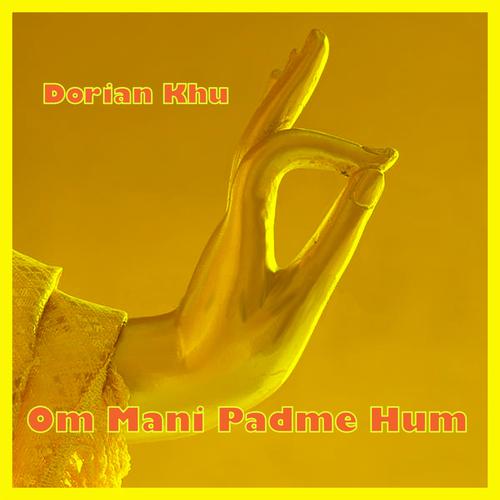What Does Om Mani Padme Hum Mean?
Om Mani Padme Hum is a powerful mantra that has been chanted for centuries by Buddhists around the world. This sacred phrase holds deep spiritual significance and is often associated with the teachings of Avalokiteshvara, the Buddha of Compassion. In this article, we will delve into the meaning of Om Mani Padme Hum, its origins, and its various interpretations.
Origins of Om Mani Padme Hum
The mantra Om Mani Padme Hum has its roots in the Buddhist tradition, specifically in the Tibetan Buddhism. It is believed to have originated from the teachings of Padmasambhava, also known as Guru Rinpoche, who is considered the founder of Tibetan Buddhism. The mantra is often inscribed on prayer wheels and is chanted as a form of meditation and devotion.

Breaking Down the Mantra
Om Mani Padme Hum is composed of three main parts: Om, Mani, and Padme Hum. Each part carries its own unique meaning:
| Part | Meaning |
|---|---|
| Om | Om is the sound of the universe and represents the ultimate reality. It is often chanted at the beginning and end of Buddhist practices. |
| Mani | Mani refers to the jewel or the precious gem. It symbolizes the purity and clarity of the mind, as well as the preciousness of the teachings of the Buddha. |
| Padme Hum | Padme means lotus flower, which represents the purity and beauty of the mind. Hum is a sound that is believed to purify the mind and bring about enlightenment. |
Together, these three parts form the mantra Om Mani Padme Hum, which is often translated as “Hail to the jewel in the lotus.” This phrase encapsulates the essence of the mantra’s meaning and its profound spiritual significance.
Interpretations of Om Mani Padme Hum
Om Mani Padme Hum has been interpreted in various ways by different Buddhist traditions. Here are some of the common interpretations:
- Compassion and Enlightenment: The mantra is often associated with the Buddha of Compassion, Avalokiteshvara. It is believed that by reciting the mantra, practitioners can cultivate compassion and work towards enlightenment.
- Purity and Clarity: The lotus flower symbolizes purity and clarity of the mind, while the jewel represents the preciousness of the teachings. The mantra is seen as a way to purify the mind and gain insight into the true nature of reality.
- Transformation: The mantra is also associated with the transformation of suffering into enlightenment. By reciting it, practitioners are believed to be able to transform their own suffering and that of others.
Practicing Om Mani Padme Hum
There are several ways to practice the Om Mani Padme Hum mantra:

- Chanting: Chanting the mantra aloud or silently is a common practice. It is often chanted in a specific rhythm and can be accompanied by visualization techniques.
- Meditation: Meditating on the meaning of the mantra and its symbolism can help deepen one’s understanding and connection to its spiritual significance.
- Prayer Wheels: Turning prayer wheels inscribed with the mantra is another way to practice. Each rotation of the wheel is believed to generate merit and bring about positive results.
By engaging in these practices, practitioners can cultivate a deeper understanding of the mantra’s meaning and its role in their spiritual journey.
Conclusion
Om Mani Padme Hum is a sacred mantra that holds profound spiritual significance in the Buddhist tradition. Its origins, meaning, and interpretations are rich and diverse, offering practitioners a powerful tool for cultivating compassion, purity, and enlightenment. Whether through chanting, meditation, or the use of prayer wheels, the mantra continues to be a source of inspiration and guidance for those seeking spiritual growth and transformation.




